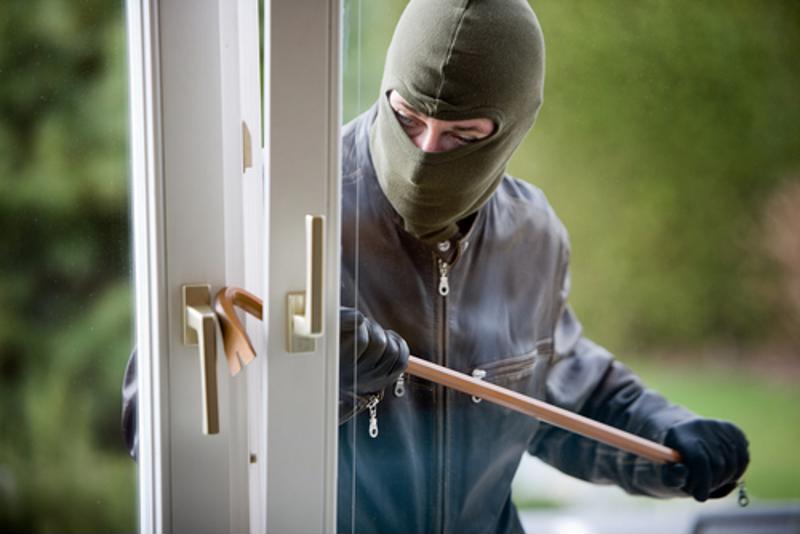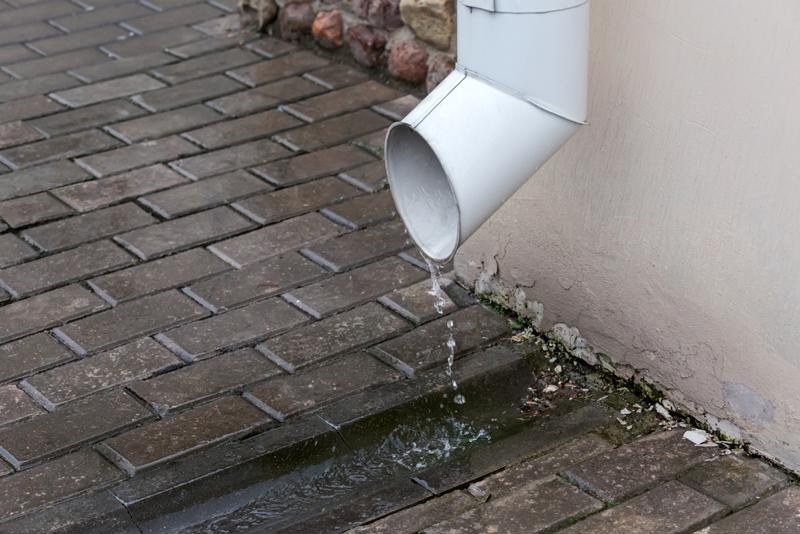Hosting an open house is a necessary step in the home selling process. Not only do people rarely purchase a home without spending ample time within its walls, but it also allows you to open up your house to wider market of potential buyers. If your home is inviting during this event, your chances of selling your house in a reasonable timeframe skyrocket.
Getting ready for an open house these days is a lot more than tidying up and pulling freshly baked cookies out of the oven. Not only are there more houses on the market these days, but home buyers are becoming smarter about the various tricks sellers use to draw them in. To increase your chances of finding buyers at or above your listed price, consult your real estate agent and use these tips to get ready for your open house:
"Hire a professional cleaning service."
1. Clean (or hire a professional cleaner)
One of the biggest mistakes you can make as a seller is to show off a messy, dirty home, according to Bankrate. Throwing a successful open house should involve more than just picking up toys and sweeping the floor. You need to conduct a thorough, deep clean of your home. If you're not the most talented cleaner, hire a professional cleaning service to come in the day before to make things look spotless for potential buyers.
2. Get rid of the clutter
You might love all your knickknacks and personal items, but your visitors at your open house will not. After all, how can they envision themselves living in the home if they are constantly bumping into unnecessary furniture pieces or seeing rows and rows of family photos? There is nothing inherently wrong with a comfy, cluttered home, but this is not the image you want to project to homebuyers. Consider de-cluttering and putting certain accessories and furniture into storage for a little while, Realtor.com suggested.
3. Don't forget about the exterior
You might not be a gardener, but this doesn't mean your landscape shouldn't look well-groomed. Buyers likely won't make it through the front door, if they are first greeted with peeling paint, overgrown flower beds, an unmowed lawn and other unappealing elements. Hire a landscaper to spruce up your home's exterior and consider investing in nice patio furniture for your front porch. This way, your home is as inviting from the outside as it is on the inside.
"Consider bringing in a professional home inspector."
4. Spread the word on social media
Yard signs and real estate advertisements are still solid ways to market your open house, but they shouldn't be your only choices. With the rise in modern technology, you have plenty of social media platforms and innovative online tools at your disposal to spread the word that your home is for sale. U.S. News & Word Report wrote that social media advertising for open house is a dynamic approach that may draw in many more potential buyers. Even if your friends are looking to purchase a home, they may know or reach someone who is hoping to buy.
5. Conduct a home inspection
When you have plenty of eager homebuyers at your open house, you don't want them to notice your leaky plumbing, inconsistent air conditioning or drafty windows. This occurrence could be even worse if potential buyers ask your realtor about an electrical wiring or siding problem they didn't realize you had. To avoid this embarrassment, consider bringing in a professional home inspector to go through your house and point out any potential issues. This way, you know what issues you face, and your realtor can answer your buyers' questions honesty and comprehensively.






